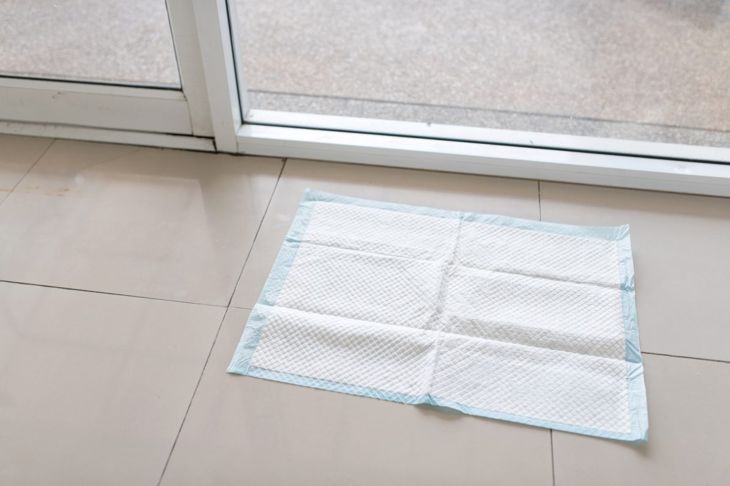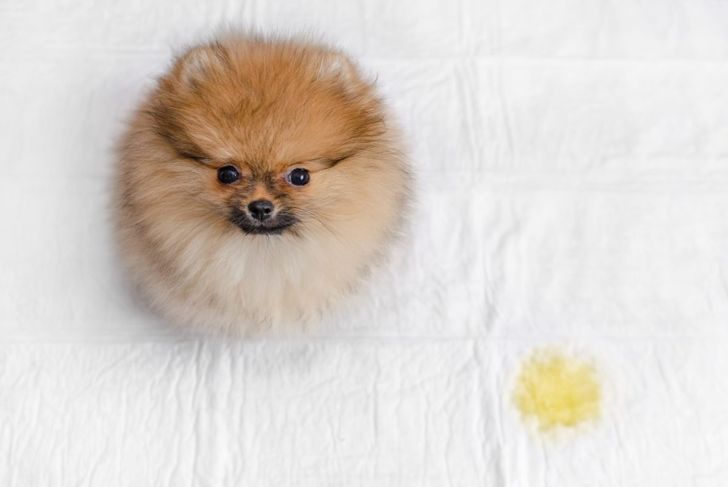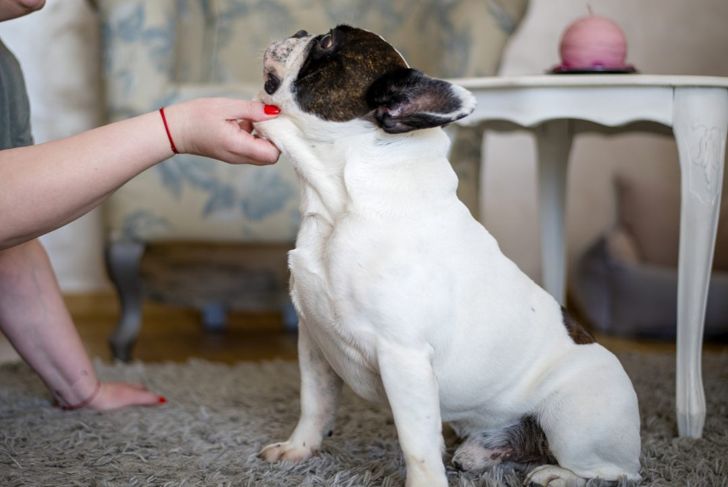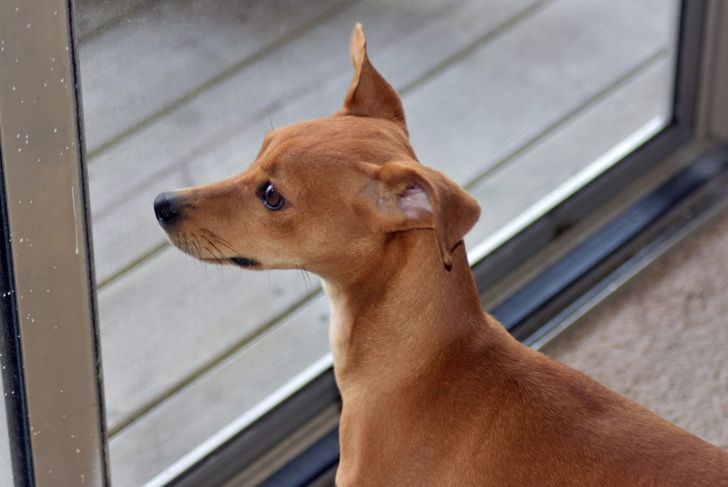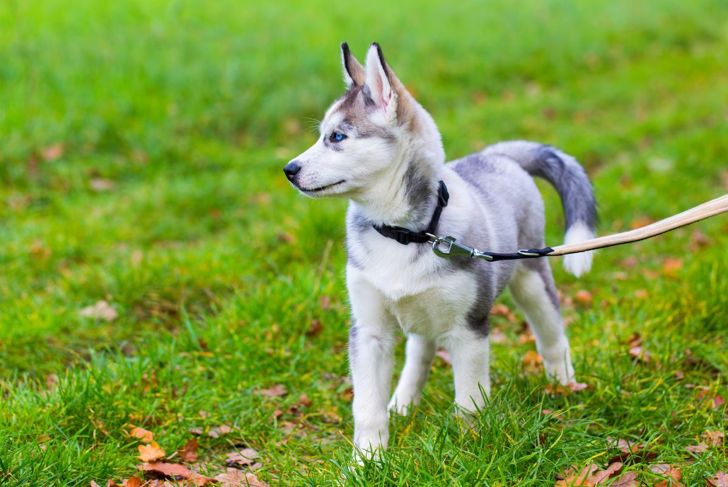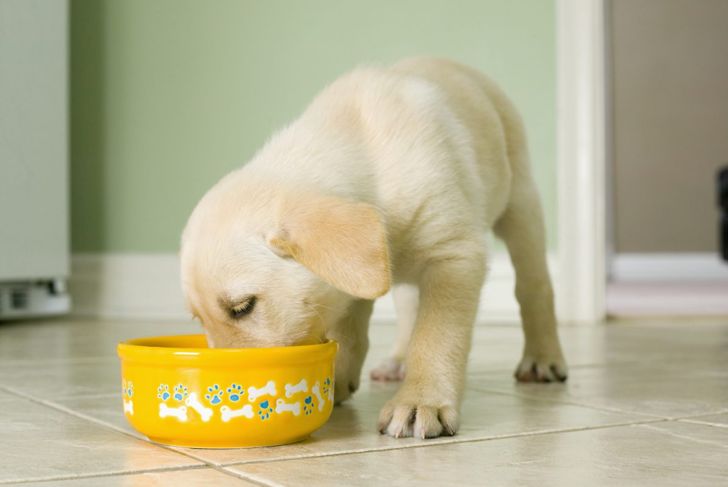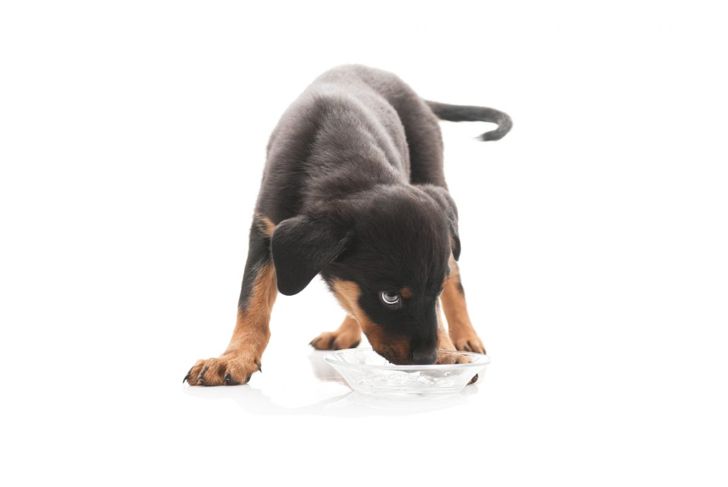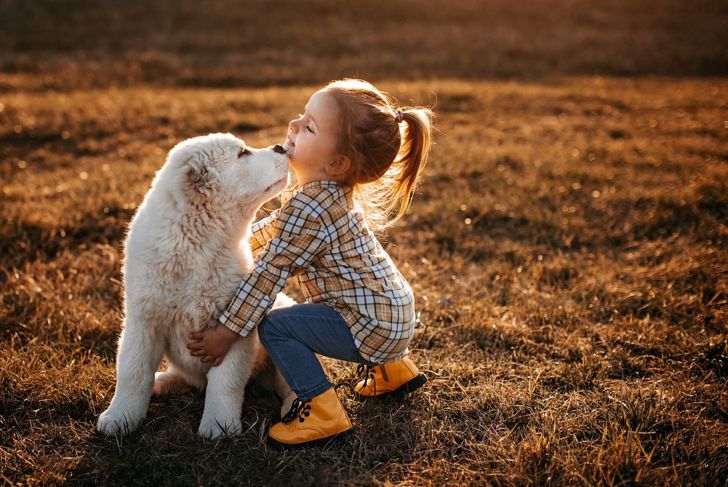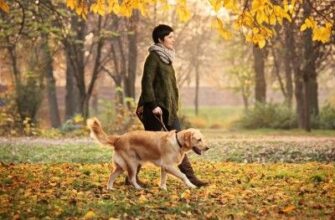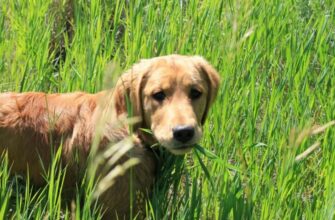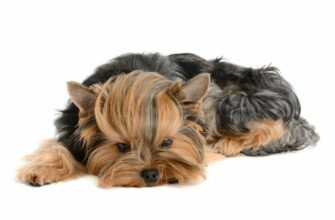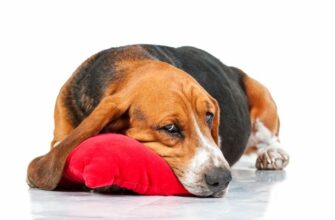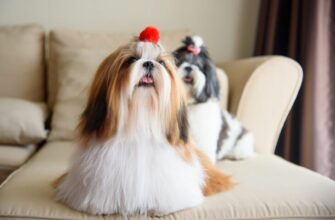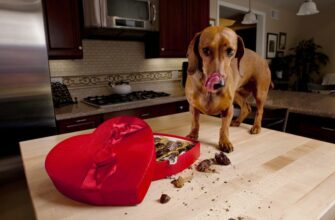So you went out and got a cute new puppy. It’s cuddly and soft and oh-so-sweet, and you’re going to be the best of friends. There’s plenty to look forward to with your new companion: trips to the park, road trips, and outings to dog-friendly patios. All those things will certainly come, but your adorable new puppy needs to be potty-trained first. But with consistency, time, and a little patience, your new pal will be a pee pro in no time.
To puppy pad or not puppy pad?
The first thing you need to do when potty training your new puppy is to decide whether or not you will use puppy pads, sometimes also called pee pads. The alternative is teaching your pup to relieve himself outside, skipping the step of the pads altogether.There isn’t a right or wrong decision here; it’s entirely a matter of personal preference. Some people don’t like having the pads around their homes, while others prefer the easy cleanup of it.
Designate a potty area
Whether you choose to use puppy pads or not, you still need a clearly-designated potty spot. Wherever that spot is, an indoor pad or a specific area outside, decide on it early and stick to it. If your chosen potty spot is outside, put your puppy on a leash and walk him or her there, then stop. Wait for your pup to relieve himself before moving on, and if several minutes pass, go back inside and try again later. It’s important to continue going to the same spot each time to establish a routine. Similarly, be sure to place puppy pads in the same places each day.
Praise plenty and often
When your puppy successfully goes potty in a designated area or on a pad, it’s important that you praise and reward him or her immediately. Puppies learn quickly, and yours will soon get the hang of it: Pee here, receive a treat. Score!Be sure to have a few treats when you go outside so you can offer one right after the big event. Likewise, keep some in a visible area inside so you won’t forget to offer a treat when your pup relieves themselves on a pad.
Learn your pup’s cues
Even the youngest puppies show signs of needing to relieve themselves right before they actually do. Pay close attention in the first few days you have your new pup to see what his or her cues might be. They could include sniffing, pacing, whining, sitting by an exterior door, or suddenly going into another room.When you see one of these signs, even if you aren’t sure if it’s a bathroom cue or not, immediately take him or her outside. Don’t forget the treats!
Head outside frequently
While potty training your new puppy, offering plenty of opportunities to go to the bathroom is extremely important. Puppies sometimes don’t even realize they need to go until it’s too late, so having lots of chances helps counteract this.A good rule of thumb is to let your pup out first thing in the morning, shortly after all feedings, just before bedtime, and any time you see any potential potty cues.
Create a regular meal time
To help your puppy get on a routine bathroom schedule, it’s important to get him or her onto a routine feeding schedule. Whether you’re offering food once or twice a day, do your best to offer it at the same time each day. Then, bring the pup to the designated potty spot to go to the bathroom shortly after.This is a two-fold tip: Your puppy will learn when to expect food, and your bond will be strengthened when you consistently deliver it.
Be water-wise
Most dog owners allow their pets to drink freely from a water bowl, simply setting it out somewhere accessible. However, keep in mind that the more water your puppy drinks, the more he or she will have to urinate.It’s perfectly fine to leave a water bowl out, but be prepared to take your puppy outside frequently. This is a great opportunity to watch your puppy for possible bathroom cues. If you’d rather not leave a water bowl out all the time, it’s important to offer your puppy a small amount often.
What about when you’re not home?
You’ll need to leave your puppy alone at some point, whether it’s to head to work or just out for some errands. At this point, you’ll have to decide where your puppy will go.Many people choose to use gates to section off a room, while others invest in a dog crate. The decision should be made based on what’s best for your family and lifestyle. Whichever you choose, be sure to leave your puppy with a pad during the potty training phase.
Handling accidents
Your puppy is going to have some accidents. Maybe just a few, maybe several. That’s just the reality. Whether he or she can’t make it to the potty area in time or simply makes a mistake, accidents can and will happen.When you discover a puppy accident, it’s important to address it calmly. There’s no sense in yelling and getting angry, because the truth is that he or she may not understand why. No matter how recent it was, immediately take your pup outside to the designated potty spot, clean up the accident, and move on.
Be patient
Being a new pet parent comes with a lot of benefits (like a cuddly, adorable new puppy to hang out with!), but it comes with commitment and some frustrations, too. Keep in mind that your puppy doesn’t know how to behave yet; it’s your job to guide him or her.Be patient, try to remain calm even on the frustrating days, and enjoy all the love your new puppy has to give! Remember, he or she won’t remain untrained forever.

 Home
Home Health
Health Diet & Nutrition
Diet & Nutrition Living Well
Living Well More
More